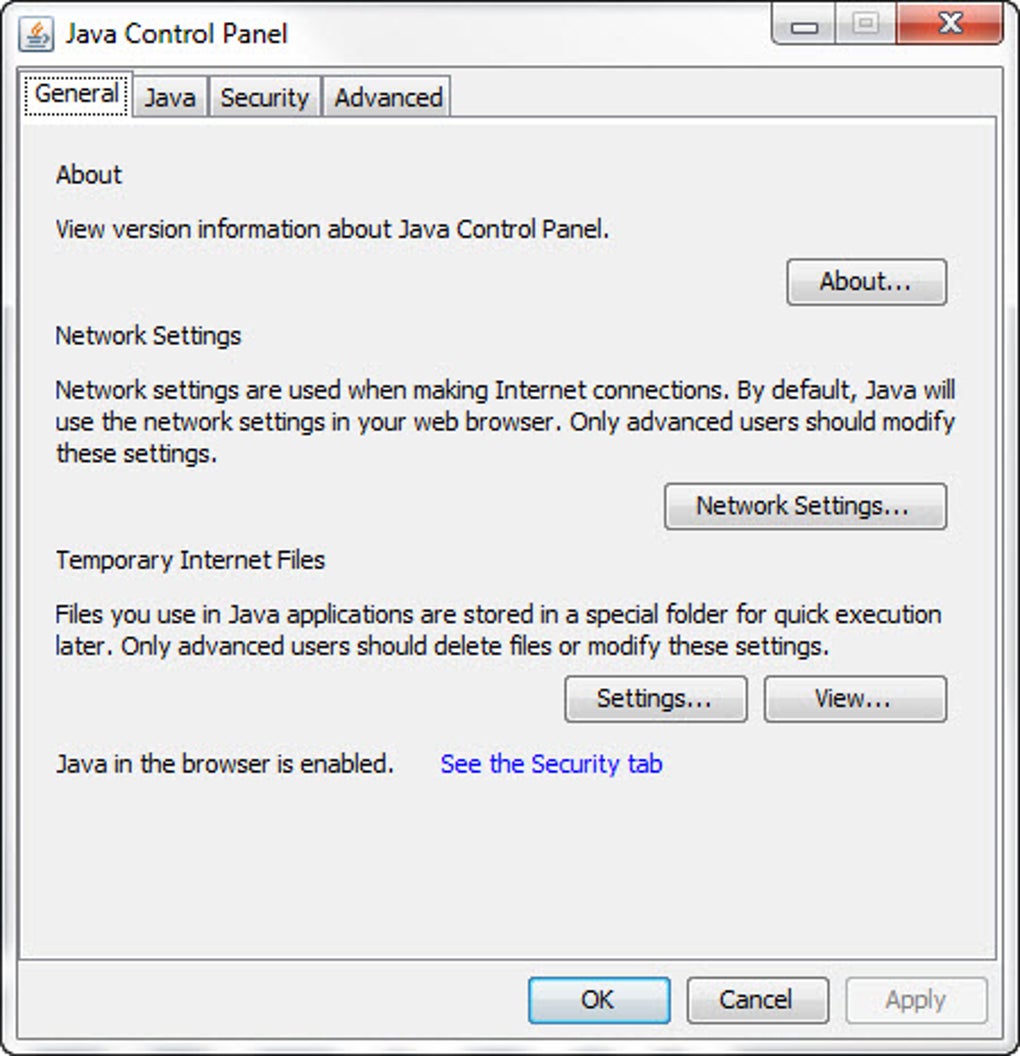Manual Java 6 For Mac

Java se 6 mac free download - Java 2 SE, Apple Java for OS X 10.6, Java Update for Mac OS X 10.3.9, and many more programs.
Apple(s AAPL) and Oracle have been working to close recent security holes in Java, software that underlies many web and desktop applications. Wednesday night Apple released yet another update that should prevent an exploit that allowed hackers to remotely execute code on another computer.
A valid question to ask in the midst of all of the Java-based security issues that have been taking place in recent months is, “Do you need to install Java on your Mac?” It is likely that most Mac users do not have Java, as it does not come pre-installed for you with OS X as it once did. Since OS X Lion arrived a year ago, installing Java on a Mac has been a manual opt-in process. It is also likely that besides a few web sites and an occasional piece of software you may want to run, you don’t really need Java on your Mac at all.
Mac applications that require Java
There are two very popular games, Minecraft and Runescape, that both require Java in order to run. The Mac version of the online backup service CrashPlan needs Java, but interestingly the Windows(s MSFT) version of the client does not. Adobe Creative Suite(s ADBE) also requires Java to be installed for some of the features to work. For instance, I was not able to install Illustrator without first installing Java, but I was able to install Photoshop. OpenOffice and NeoOffice, two alternatives to Microsoft’s Office suite, are two more Mac-based applications that require Java for some of their main features, most notably the OpenOffice database application Base, to function properly.
That’s about it for most of the mainstream desktop applications that are out there. There are more niche products that require it, like FreeMind and Xmind, two mind mapping tools, Gantt for project management, Vuze for managing torrents, and Screenr for creating screencasts to name a few. Also, if you work in the world of enterprise Java development, it’s very likely that on the Mac you use, you will have some tool based on the popular Eclipse framework that will require you to have Java installed. There are also several popular VPN clients for the Mac that enable network access from home, like those from Cisco(s CSCO) and Juniper,(s JNPR) that are Java-based as well. Excel qm for mac 2016.
How to disable Java on OS X Mountain Lion
If you have already installed Java on your Mac, and you find that you no longer use any programs that require Java, you can of course disable Java entirely. Located in the Utilities folder is the Java Preferences utility. This utility requires Java to be installed in order to run. It could be that you don’t already have Java installed, which you’ll know if you’re prompted to install Java upon opening the utility. Obviously don’t bother installing if that’s the case. If you do have it installed, once you have the Java Preferences utility up and running, you will see two checkboxes indicating which compatible version of Java should be used. Simply uncheck both checkboxes to disable Java. If you try to run an application that requires Java, or access a website that needs Java, you will be prompted to enable Java.
If you have applications that require Java, and all you want to do is disable Java on the internet, you can turn off Java in Safari. Open Safari’s Security Preferences and uncheck the Enable Java checkbox to turn off Java in Safari. As an alternative, if you have multiple browsers installed, like Chrome(s GOOG) or Firefox, you can elect to pick just one browser to use with Java. Choose which browser you want to use Java with and only enable Java in that browser’s preferences.
For the most part, the majority of users can get by without ever installing Java on their Macs and never know what they were missing. And if you do need to have Java installed, there are ways to minimize the risk, and only enable it when you need it.